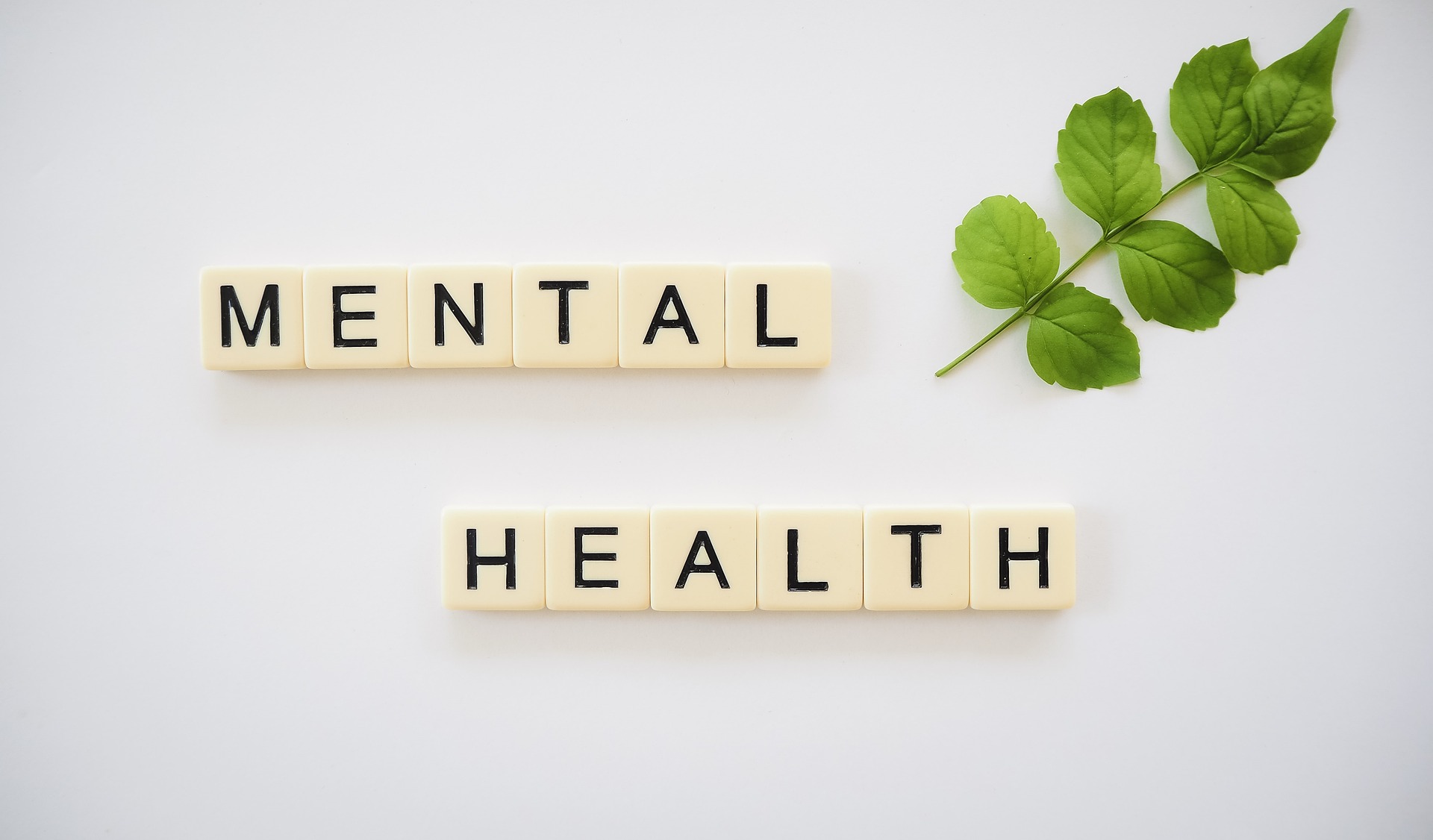Nurturing Mental Health: A Deep Dive into the Link between Depression and Anxiety
Depression and anxiety, two of the most prevalent mental health conditions globally, often co-exist, adding a layer of complexity to the lives of those affected. Both are characterized by significant emotional distress and functional impairment. However, despite their common co-occurrence, the relationship between these two conditions is not entirely understood. This article aims to delve into the intricate connection between depression and anxiety, highlighting how an integrated understanding can enhance overall wellbeing.

Historical Context: Depression and Anxiety through the Ages
Historically, depression and anxiety have been classified as separate disorders. The ancient Greeks and Romans, for instance, identified melancholia (a term used to describe what we now call depression) and anxiety as distinct conditions with different symptoms. However, over time, clinicians and researchers began noticing an overlap of symptoms in patients diagnosed with either disorder. This observation led to the concept of “comorbidity”, where two or more disorders occur in the same individual.
With the advent of modern psychiatry and psychology in the 19th and 20th centuries, the understanding of depression and anxiety deepened. The Diagnostic and Statistical Manual of Mental Disorders (DSM), a widely used diagnostic tool, classified depression and anxiety as separate conditions but acknowledged their frequent co-occurrence. However, they were still treated as unique entities until recent years when the concept of “mixed anxiety-depressive disorder” was introduced, recognizing that these two conditions often intertwine in complex ways.
The Confluence of Depression and Anxiety: Current Understanding
Contemporary research in psychology and neuroscience has increasingly recognized the interconnectedness of depression and anxiety. Studies suggest that these disorders share common risk factors, including genetic predisposition, environmental stressors, and brain chemistry abnormalities. Moreover, they often exacerbate each other, creating a vicious cycle of emotional distress.
For instance, a person with anxiety may constantly worry about the future, leading to feelings of hopelessness and sadness, hallmark symptoms of depression. Conversely, a person with depression may begin to worry excessively about their depressive symptoms, thus triggering anxiety. Such interplay between depression and anxiety may lead to a more severe and prolonged course of illness.
The Impact of Depression and Anxiety: Personal and Societal Ramifications
The co-occurrence of depression and anxiety has significant implications for individuals and society. On a personal level, people with both conditions may experience greater distress and impairment than those with either condition alone. They may struggle with daily tasks, maintain social relationships, and achieve their potential in academic or professional settings.
From a societal perspective, the co-occurrence of these disorders contributes to the global burden of disease. According to the World Health Organization, depression and anxiety account for a substantial portion of the world’s disability-adjusted life years (DALYs), a measure of overall disease burden. The economic impact is also significant, with costs related to healthcare, lost productivity, and disability benefits.
Shaping the Future: Towards Integrated Care for Depression and Anxiety
Given the intertwined nature of depression and anxiety, a comprehensive approach to care is crucial. Integrated treatment plans that address both conditions simultaneously can enhance the effectiveness of interventions and improve overall mental health outcomes. Cognitive-behavioral therapy (CBT), for example, has shown promise in treating both conditions concurrently by helping individuals understand and change thought patterns that lead to distressing emotions and behaviors.
In addition, emerging trends in digital mental health, such as online therapy and smartphone apps, offer promising avenues for integrated care. These tools can provide accessible, affordable, and personalized care for those dealing with both depression and anxiety.
The Interplay of Depression and Anxiety as a Catalyst for Change
The intricate relationship between depression and anxiety underscores the complexity of mental health. Recognizing this interplay is not only crucial for understanding these conditions but also for developing effective strategies to combat them. As we continue to deepen our knowledge, it is essential that we use this understanding to shape a future where individuals grappling with mental health issues receive the integrated care they need to bolster their wellbeing.




